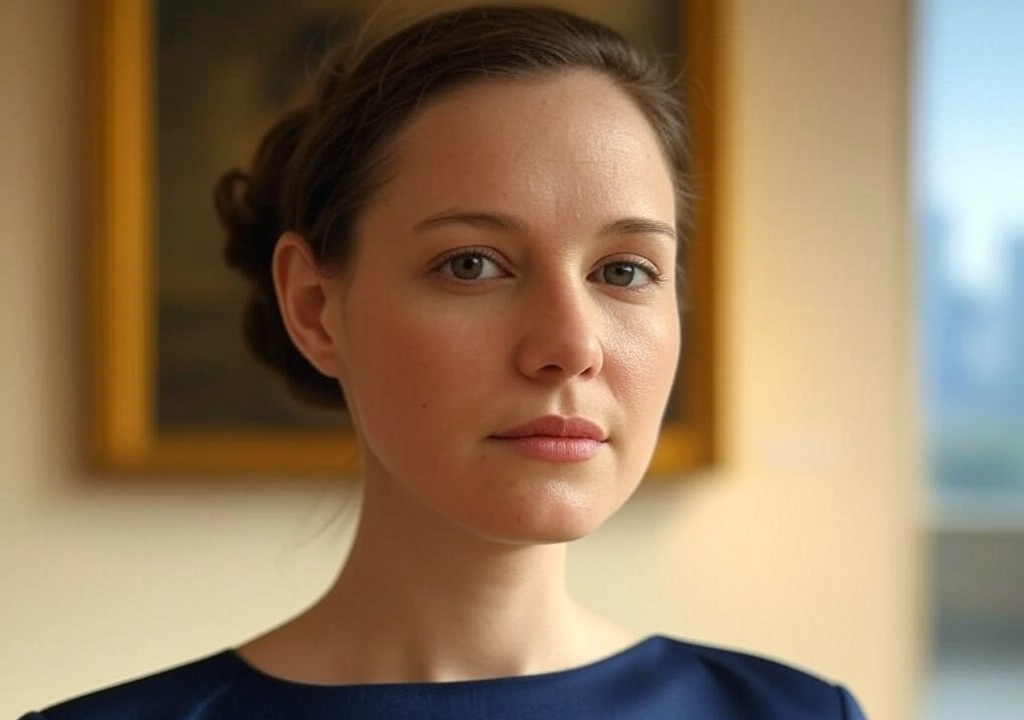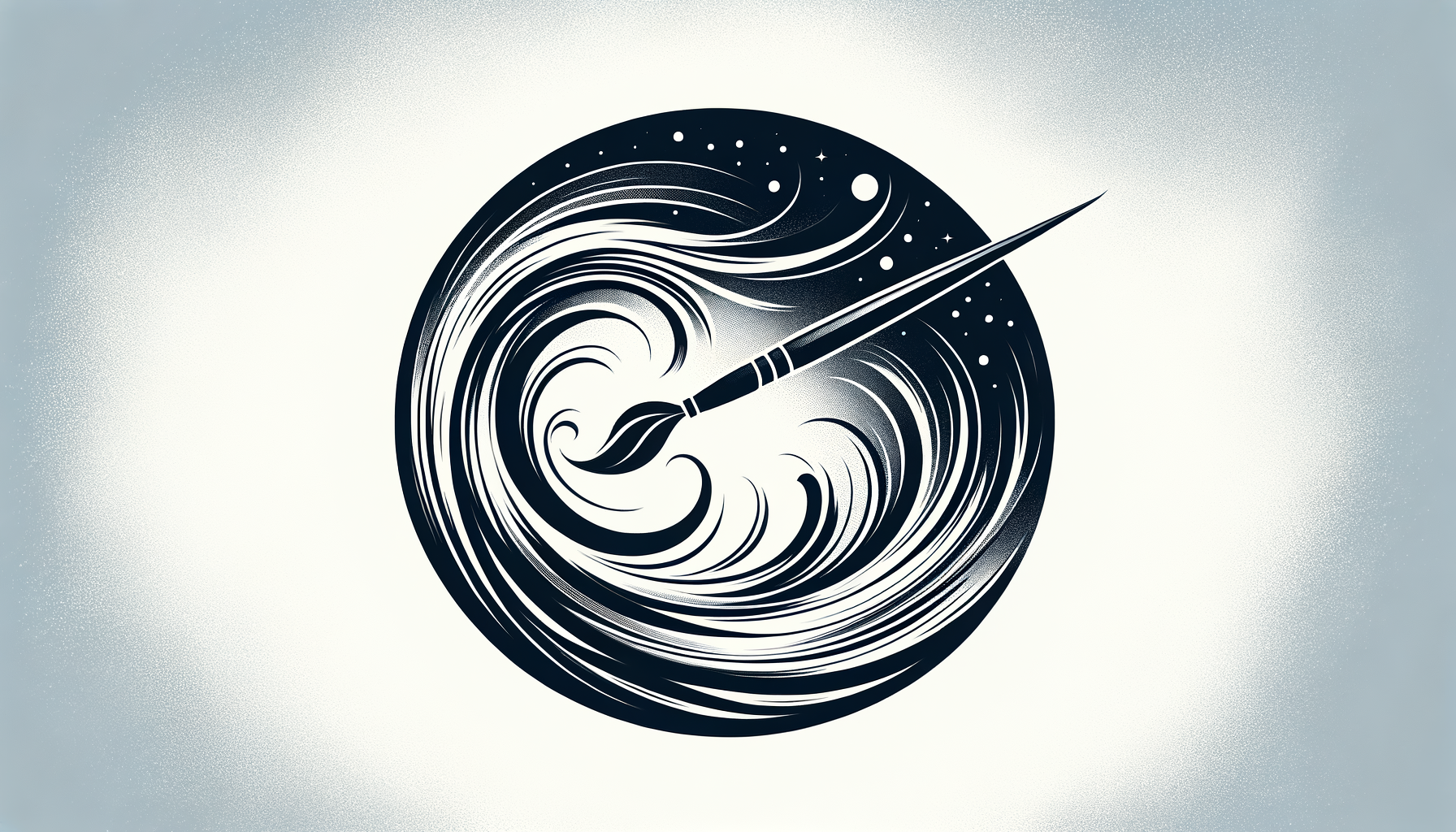If there’s one thing I’ve come to learn in life—and, let’s be honest, in love—it’s that standing for something isn’t just some lofty ideal reserved for graduation speeches. It’s what shapes who you are when nobody’s watching, much like accidentally humming along to a Taylor Swift bridge at the office only to realize you’ve been singing about your ex to the indifferent hum of a printer. Standing for something is a daily practice, an unspoken rhythm to who you are and, more importantly, how you show up for the people (and relationships) in your life.
I grew up in a world where appearances were everything. Imagine: cocktail party chatter about the latest auction at Sotheby’s, the ever-elusive promise of seasonal shade variations for Birkin bags, and an unspoken competition over whose summer home had the better espresso machine. Substance was there—don’t get me wrong—but like in a Cubist painting, you had to piece it together yourself. Amid the clinking glasses and gallery whispers, I learned that superficial beauty might allure, but there’s a ticking clock on that appeal if it doesn't come paired with authenticity.
Today, I see my life, my work, and my relationships as a reflection of the values I hold close. These values didn’t come from attending yet another opera gala or walking along the Seine in vintage Chanel heels (though both are lovely, for the record). They came from observing what truly sustains us: connection. So, here’s what I stand for—in dating, in writing, and in figuring life out one hard-won moment at a time.
Stand for Vulnerability: Be the Art, Not Just the Curator
In art, we often praise the artist for their bravery—offering up their perception of the world, flaws and all, for public scrutiny. But in life, we’ve somehow turned vulnerability into a flaw. We curate and polish our photos, captions, comments. We fear looking “too much” or “not enough.” Dating apps are littered with bios that are either so rehearsed they could win a Tony or so vague they might as well say, “I look OK in sunglasses, I guess.”
Here’s the truth: people connect to your messy parts, not your mask. Take it from someone who spent years surrounded by vagueness in the form of abstract expressionism (Jack the Dripper, anyone?). Vulnerability is the underpainting of intimacy, the layer that catches light and gives depth. You don’t need to overshare on a first date (“so about my fifth-grade trauma...”). Instead:
- Be real with your intentions. If you’re a hopeless romantic who loves handwritten notes, own it.
- Share something that’s imperfect but true. Maybe you overwater your plants because you worry about their “feelings” (yes, this is personal—pour one out for my perpetually soggy succulents).
Let them fall for more than just your strategic angles and charming one-liners. Art, like love, is about both perception and connection.
Stand for Humor: Life’s Too Short for Small Talk
Ever been on a date that feels more like a job interview? You’re trading polite “and what do you dooooo?” questions while wondering if you can subtly text your best friend under the table to stage an emergency call. Dates—and relationships—don’t thrive on LinkedIn profiles, they thrive on laughter and surprise.
I’ve stood in front of centuries-old oil portraits that stared back with the emotional complexity of a long elevator ride. Those paintings are beautiful, but even they lack the spark you get from an inside joke or a truly terrible pun. Humor—the kind that’s a little weird, a lot authentic—is the heart of compatibility. Here’s what I’ve learned:
- If you can’t laugh at yourself, you’re taking life too seriously. Once, on a date, I spilled red wine directly onto my white dress while emphasizing a point about “grace under pressure.” There’s no saving that moment—but calling it my “Jackson Pollock moment” saved the vibe.
- Bad dates make great stories. Whether it’s a guy who talks exclusively in motivational quotes or insists his pet tarantula be part of the conversation, awkward moments are part of dating. Embrace them. Laugh about them later.
Dating is inherently ridiculous—it’s two people saying, “Sure, let’s awkwardly negotiate who we are and whether this thing could go somewhere worthwhile.” Why not add some levity?
Stand for Knowing Your Worth: Silence the Museum-Tour Narrator
Too many of us approach dating like museum visitors, waiting for someone else to interpret our value through hushed, reverent tones. “Ah yes, an elevated individual… their jawline suggests great symbiosis with early Picasso, don’t you think?” No. Stop allowing others to be the sole appraisers of your worth.
When I worked in galleries, I saw collectors bypass remarkable pieces because they didn’t immediately “get” them. Here’s a secret: not everyone will appreciate you, and that’s okay. You are not art waiting to be discovered; you are an established classic, like “The Mona Lisa” or that timeless Rihanna ballad. Act like it.
- Don’t contort yourself into someone else’s ideal. You’re not a commission; you’re a masterpiece.
- Assess compatibility by values, not optics. A partner who sees you is worth ten who admire you from a distance with metaphorical binoculars.
When you’ve got clarity on your worth, authenticity follows naturally. You’re no longer auditioning; you’re co-curating.
Stand for Curious Love: Relationships as Masterpieces-in-Progress
One of the most striking things about a visit to an artist’s atelier or a museum’s conservation studio is seeing works in progress: unfinished canvases, cracked pigments being restored. Relationships are like that—imperfect, ever-evolving masterpieces, built on effort and iteration.
People often talk about “finding the one” like it’s a treasure hunt in a Nicholas Cage movie. I raise the question: what if the “one” is just the one willing to keep painting alongside you? Partnerships, like art, are partnerships. They’re collaborations, built on constant curiosity.
- Ask questions. About their favorite childhood memory, their current favorite book, or why they’re suddenly obsessed with pickling vegetables (don’t judge until you’ve tried homemade cauliflower pickles). Curiosity creates closeness.
- Check in when things crack. Relationships need restoration work too—whether it’s tackling hurt feelings or simply recalibrating your needs.
Art that’s been cared for speaks louder over time. The same is true of love. Keep caring, keep asking, keep evolving.
A Closing Word: Stand Tall in Your Truth
At the end of every modern blockbuster, there’s usually some rousing speech about doing the right thing or choosing truth over comfort. Sure, standing for something isn’t as dramatic as a slow-motion explosion or the soaring notes of Hans Zimmer, but it’s essential.
I believe in the transformative power of connection—of art, humor, curiosity, and courage. I believe in embracing your quirks, your soggy succulents, your laugh-snort moments mid-date. And I believe in love: messy, imperfect, occasionally wine-stained, but always worthy of its pursuit.
So stand for something. Not as a lofty, unreachable ideal but as the foundation of everything you do—from your dinner table conversations to the way you lean into the quiet moments of love. Every masterpiece starts with a decision to pick up a brush. Life and love are no different. Grab yours.




















